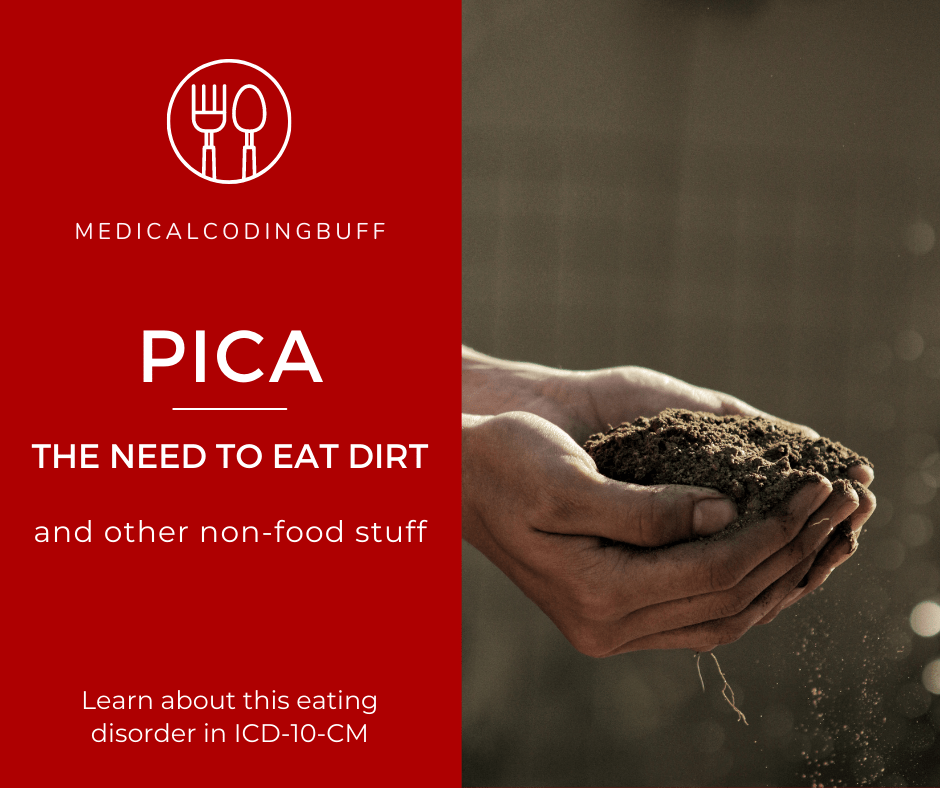


Many individuals experiencing an eating disorder attach their self-worth to their weight. This is important to acknowledge while providing support during recovery. Body image is composed of attitudes, not tangible measurements or sizes. This explains why going on a diet or exercising to improve body image is not effective. Professions, careers, or being involved in sports that promote weight lossĮxposure to the thin-ideal portrayed by the mediaġ) The mental representation of our own physical body (e.g., size, shape, appearance), andĢ) Our attitude towards our physical selves (e.g., thoughts, feelings, beliefs).īody image is fluid and changes over time, based on culture, mood, societal norms, and interactions with family and friends.īody image is not dictated by physical measurements, it is dictated by how one feels about one's physical measurements. Biological examples:Ī genetic component has been identified in the development of eating disorders They are influenced by several biological, psychological, and/or environmental factors that may occur together.
PICA DISORDER FACTS PROFESSIONAL
If a disorder does not fall into one of the above categories, there may be a diagnosis of “ Other Specified Feeding or Eating Disorder (OSFED)” or “ Unspecified Feeding or Eating Disorder.”īased on the fact that earlier treatment for EDs is strongly correlated with more successful outcomes, it is an important shift that individuals can now receive a diagnosis of Atypical AN, Bulimia Nervosa (low frequency/limited duration), or even Binge Eating Disorder (low frequency/limited duration), and get professional help before they get “sick enough” to meet meeting dangerous weight or behaviour-related criteria.Įating disorders do not have a single cause and each case will be different. Refusing to eat certain foods due a negative past experience or an extreme dislike of the food's characteristics (appearance, smell, taste, texture, brand, presentation) to the point that nutrition needs are not being met.īringing back up and re-chewing partially digested food that has already been swallowed.Įating non-digestible items for at least one month.Īlthough this list contains all known eating disorders, not all eating disorders are the same and can have characteristics that are different than the types listed above. This is not the same as overeating.Īvoidant/ Restrictive Food Intake Disorder (ARFID) Refusing to eat or severely restricting one’s diet in order to maintain a low body weight.Įating large portions of food in a short period of time and then purging that food in an attempt to prevent weight gain (such as vomiting or excessive exercise).Įating excessive portions of food in a short period of time. Below are the main types of eating disorders: Anorexia Nervosa (Anorexia)

It is possible to have more than one eating disorder at the same time. Psychological treatment, counseling or talk therapy, cognitive behavior therapy, nutritional education, supplements or medicines are helpful in treatment.Eating disorders are a change in an individual’s eating behaviours that negatively affect their health.Nutritional insufficiency, malnutrition, stress, lack of care, developmental delay, poverty, cultural aspect and anemia increases the risk for pica eating disorder but root cause is still unknown.Complications associated with pica eating disorder are lead poisoning, iron-deficiency anemia, intestinal perforation, malnutrition, dental injury or abdominal problems.People eat non food item such as dirt, clay, soil, sand, soap, paper, plaster, chalk, hair, feces, leaves, laundry starch, cigarette butts, coal, light bulbs, wire, pencil erasers etc.Pica eating disorder is most common in young children, pregnant women and person having epilepsy, developmental disabilities and mental retardation.Pica is an eating disorder which involves consumption of non food substances for at least one month.Facts and Tips about Pica eating disorder For a review of the history of ideas about pica see Parry-Jones and Parry-Jones (1992). Pica usually diminishes as the child grows older. Otherwise, treatment consists of common-sense precautions to keep the child away from the abnormal items of diet. Some are associated with emotional distress, which should be reduced if possible. Cases should be investigated carefully because some are due to brain damage, or autism, or mental retardation. It is often associated with other behavior problems. Pica is the eating of items generally regarded as inedible, for example soil, paint, and paper.


 0 kommentar(er)
0 kommentar(er)
